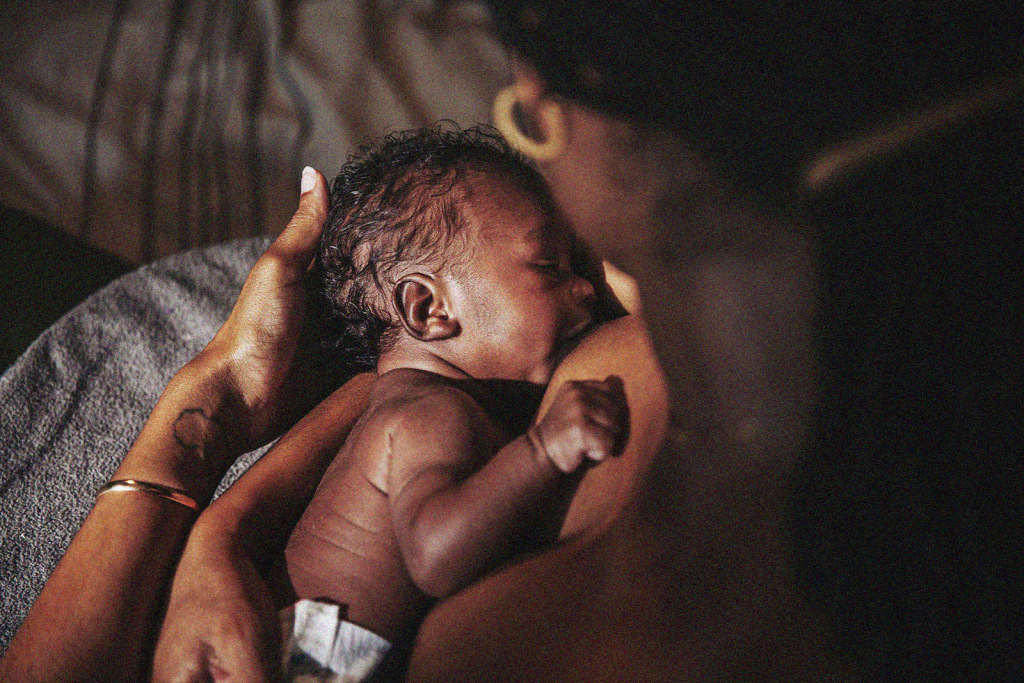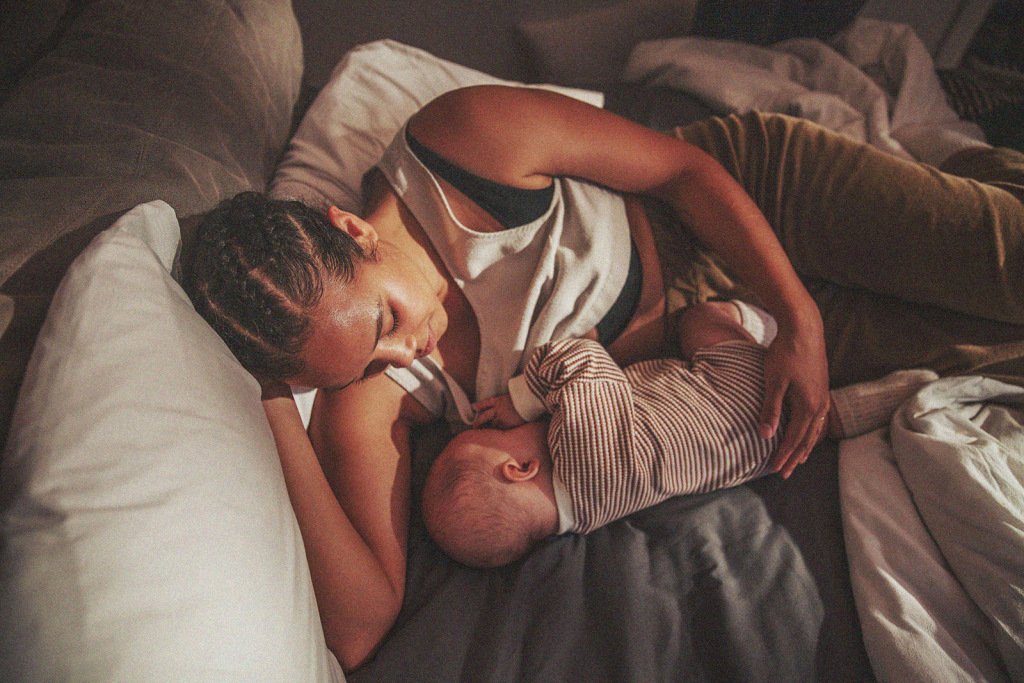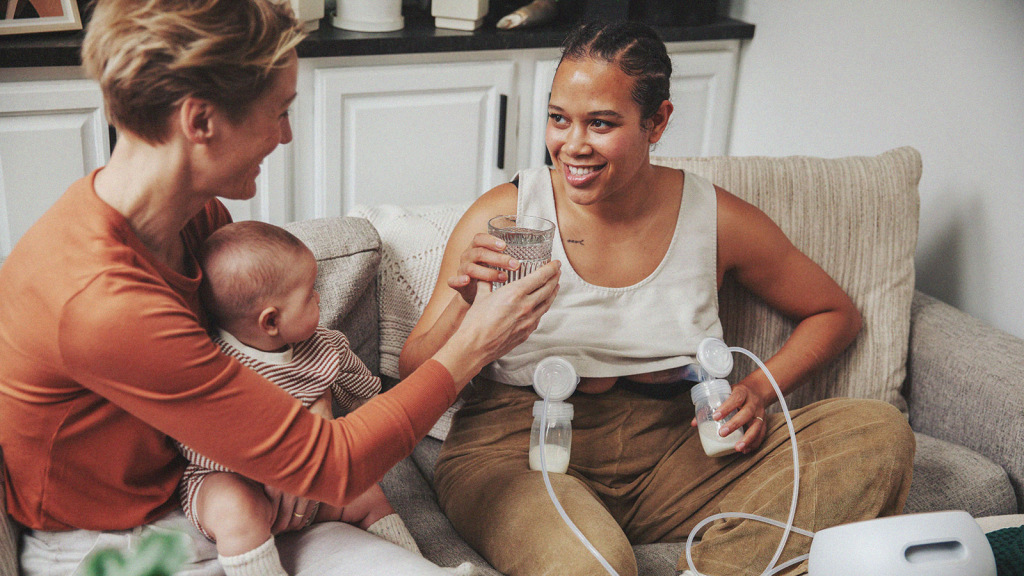What mastitis is, and how to treat it
If you’ve never had the condition, it’s likely that you’ve never heard the term “mastitis” before — but once you’ve experienced it, it’s pretty unforgettable. According to a 2021 study, around 10 to 20 percent of lactating parents will have mastitis at some point in their nursing journey. It’s a common enough condition that every new parent should be aware of the symptoms of mastitis and what to do if they think they have it.
Put simply, mastitis is inflammation of breast tissue. When a breastfeeding parent has mastitis and less melanin (or lighter skin), they typically notice a red area on the affected area of their breast. Parents who have darker skin may not experience observable redness. Regardless of hue, lactating parents with symptoms of mastitis will often notice a tender, firm area of the breast, and in the absence of visible redness should explain any concerning symptoms to their International Board Certified Lactation Consultant (IBCLC).
Mastitis symptoms may appear suddenly. In addition to firmness and breast pain, mastitis usually includes flu-like symptoms — like fever, chills, body aches, and extreme fatigue. If left untreated, mastitis may lead to infection, weaning, and serious health issues. It’s crucial to reach out to an IBCLC for help right away if you suspect you have mastitis — or even symptoms of mastitis. Because the condition can escalate rapidly, getting help quickly is important.
What causes mastitis?
Multiple conditions can lead to mastitis. The most common factors are plugged ducts that are not cleared, infrequent milk removal, damaged nipple tissue, and oversupply.
What are the risk factors?
You’re more likely to get mastitis if you’ve had it before, if you’re prone to recurrent plugged milk ducts, and during the weaning period.
What to do if you suspect you have mastitis
- Contact your lactation consultant (IBCLC). Reach out to your lactation consultant right away. They will assess your mastitis symptoms and provide a personalized care plan. They will also look for the underlying issues that may have led to mastitis, and suggest changes so you can avoid mastitis in the future.
- Don’t stop breastfeeding and/or pumping. A cessation or decrease in milk removal will typically worsen symptoms and prolong healing. Milk removed from your breast while you have mastitis is safe for your baby to drink. Some parents have concerns about the baby possibly ingesting pus or blood. It’s not harmful for your baby to swallow small amounts of blood. If you have concerns about your milk, talk to your IBCLC before you stop (or pause) breastfeeding. If you observe abnormal nipple discharge or pus, consult with your doctor.
- If you develop a fever, contact your obstetrician (OB) or midwife. Treatment for mastitis varies based on the individual case, but may require a course of antibiotics.
- Rest. If possible, line up support to help you. It’s common to feel very fatigued, and you may need help caring for yourself and your baby during this time.
Remember that you’re not in this alone. IBCLCs are highly trained healthcare professionals who are here to support you through every step of your breastfeeding journey, including complications like mastitis.
The Lactation Network is the largest network of IBCLCs in the country, and exists to provide the support and guidance you need to alleviate your discomfort. Whether you need mastitis treatment, support for another medical condition, or help meeting your feeding goals, an IBCLC is a key part of your care team. TLN can help you determine if your lactation consultations are covered by your medical insurance, so you can feel empowered to seek a qualified, empathetic partner in your healing journey. All you need to do is reach out to schedule your first consultation.
*Illustrations by Jesse Zhang
We’re here for you, every step of the way. We work with your insurance to provide in-home, in-office, or telehealth visits with an IBCLC.




